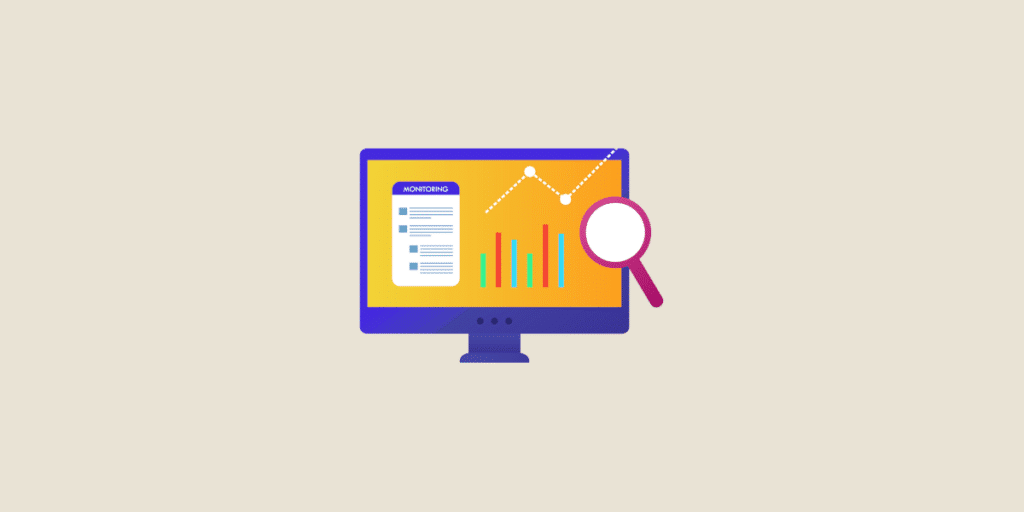Whether for web applications, software, networks or servers, monitoring is essential to ensure optimum performance and availability. Find out more about monitoring and its benefits for any information system.
What is monitoring?
Monitoring is a set of techniques for analyzing, controlling and supervising actions.
In the IT sector, IT monitoring is more than essential, since it measures the quality and reliability of software, networks, servers, equipment and so on.
The idea is to ensure optimum performance and availability for the entire information system. To achieve this, IT experts analyze:
- Infrastructure, available administration services, data processes, etc. ;
- Hardware (such as equipment temperature, disk status, RAID redundancy, etc.);
- Software, web servers and databases;
- Backups and updates.
Monitoring is used in both the prevention and correction phases. Thanks to real-time monitoring, IT experts are able to analyze performance and identify any anomalies.
They can then react quickly to correct any kind of malfunction, whether due to a storage problem, a delay in updating, a bug, etc.

What are the advantages of monitoring?
In order to guarantee the performance and availability of their IS, organizations have every interest in implementing monitoring actions. There are several reasons for this:
- Overarching control: an IT monitoring strategy makes it possible to control all the components of the information system. Accompanied by efficient monitoring tools, the IT network is monitored 7/24.
- Risk prevention : any malfunctions or damage are highlighted in real time. To react as quickly as possible, you can implement alert thresholds. As soon as they are reached, IT teams can intervene to repair the bug and improve information system performance.
- Enhanced security: as failures are detected early, it’s much easier to spot any malicious attacks.
- Cost savings : through monitoring solutions, you don’t wait for the problem to get worse before taking action. This means lower repair costs.
Ultimately, monitoring enables continuous improvement of the IS to achieve optimum performance levels. Find out how to implement effective monitoring actions with DataScientest training courses.











